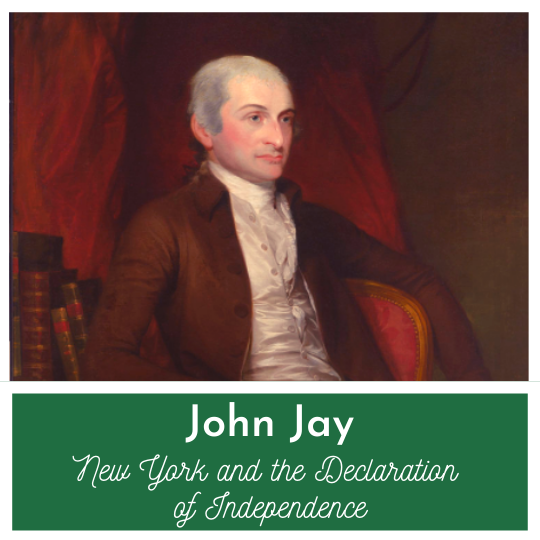The 1776 Burning of New York City
On September 20, 1776, less than three months after the Declaration of Independence was signed, a fire broke out in New York City.
The inferno burned through the night, destroying approximately 1000 buildings. This totaled almost a quarter of the houses on Manhattan Island.
Whoever set the blaze remains a mystery, though both armies involved with the Revolutionary War blamed each other.
The Ignition
The Great Fire of New York broke out just days after the British had occupied the State’s largest city.
Although it cannot be definitively proven that the fire was started on purpose, all reports in the immediate aftermath claim that several fires had begun around the city at about the same time.
General Howe, in charge of British forces, would have no reason to destroy all these buildings in which he planned on housing his soldiers.
General Washington was ordered by the Continental Congress not to burn the city, and he has a strong record of always doing what was asked of him even if he was in personal disagreement. He said as much later, saying that some unknown activist was doing for the Continental Army “what we cannot do for ourselves.”
Historians largely agree that the most likely perpetrator would have been Patriots who hatched a secret plan to act independently and set the blaze during their evacuation of the city.
No Support
One of the reasons the fire burned so long is the lack of manpower to put it out.
Many Loyalists in NYC had evacuated the city earlier in the year when the Continental Army showed up and persecuted them for their decision to support the crown.
Furthermore, most Patriots left town when it became clear the Redcoats would take over.
This left Manhattan with an abnormally low population.
Additionally, General Howe was concerned that the fires were an attempt to distract his army by the Continentals so he kept his men on high alert instead of sending them to fight the blaze.
Firefighting in the 18th Century
It is important to keep in mind that there was no such thing as a hose back then.
Those who did fight the fire passed buckets.
Another interesting tactic was the intentional destruction of houses so as to limit the inferno’s fuel.
Somehow, the burning ceased by the next morning. Residents were fortunate the entire city did not burn down, largely due to a change in wind patterns.
Aftermath
In the aftermath of the fire, General Howe began a strenuous search for people who may have been involved in igniting the city.
Although hundreds were arrested, no one was ever charged with a crime.
To this day, the cause of one of the most destructive fires in NYC history still remains a mystery.
Do you want to learn about other mistakes under Britain’s command?
Great!
Try these articles:
Hell in the Harbor - Death on Board the HMS Jersey
Shockingly, I am unaware of a book regarding the burning of New York.
‘New York Burning’ is a book about fires that were set throughout New York City 20 years before the Revolutionary War. Slaves were accused of setting the fires, and this book does a great job of demonstrating how destructive a fire could be at this while also showing what the culture of New York was like in the decades leading up to the war.
Pick up a copy through the Amazon affiliate link below (you’ll support this site, but don’t worry, Amazon pays me while your price stays the same).
Want to get fun American Revolution articles straight to your inbox every morning?
Smart!
Subscribe to my email list here.
You can also support this site on Patreon by clicking here.






